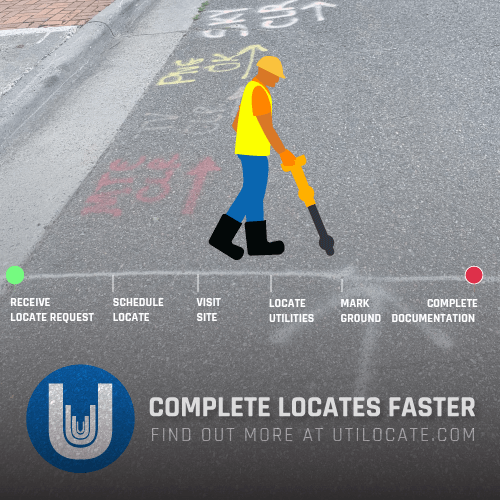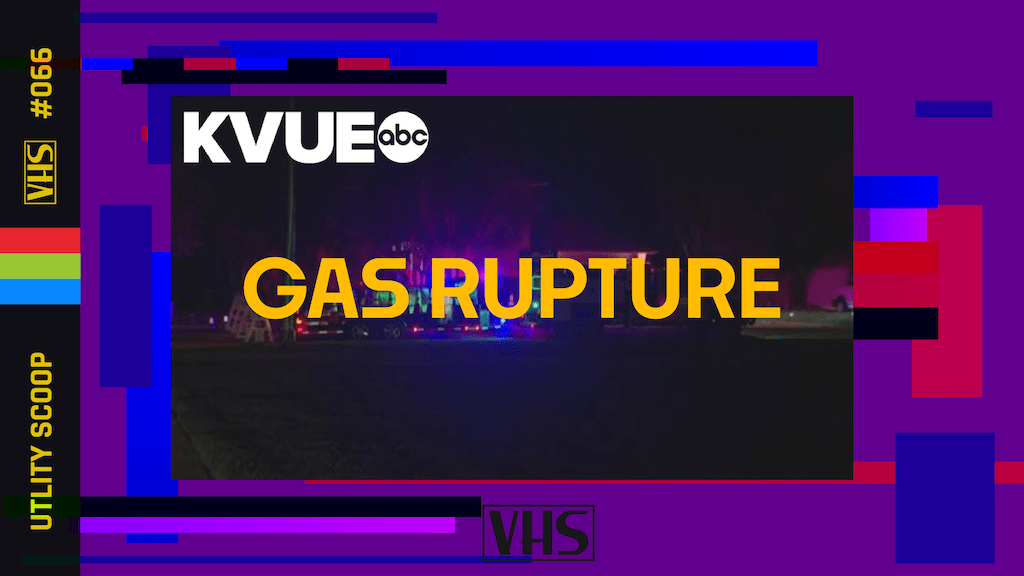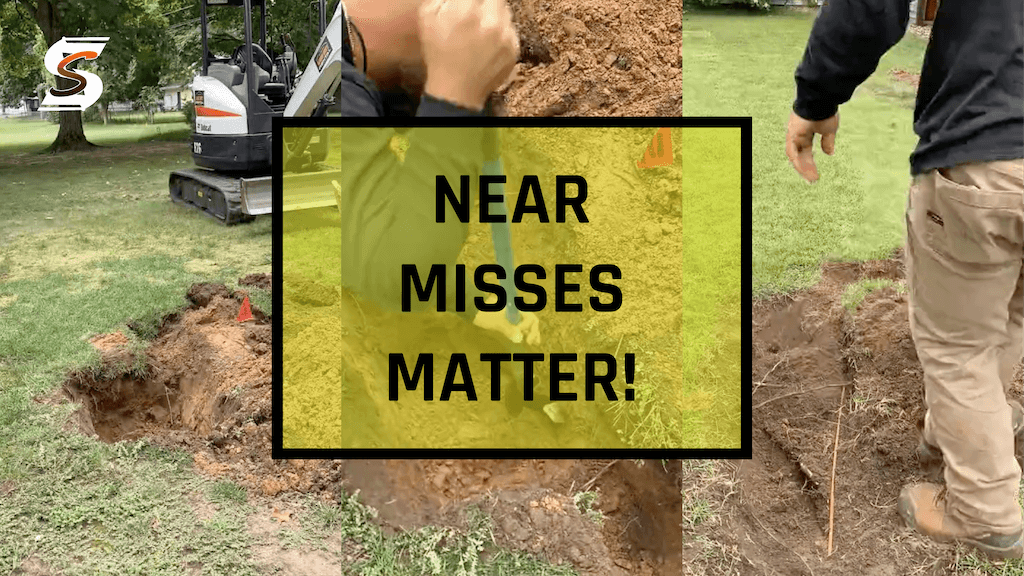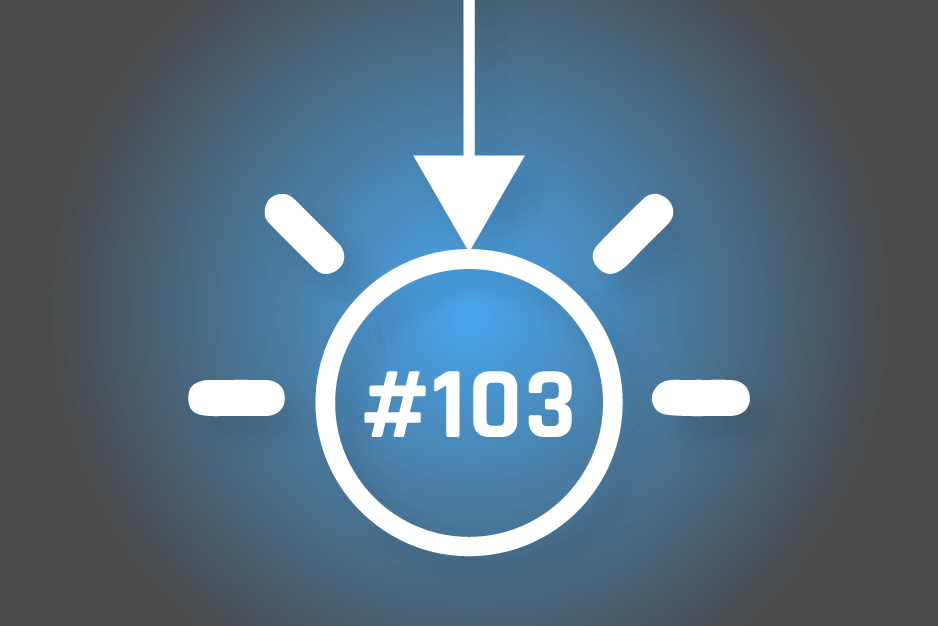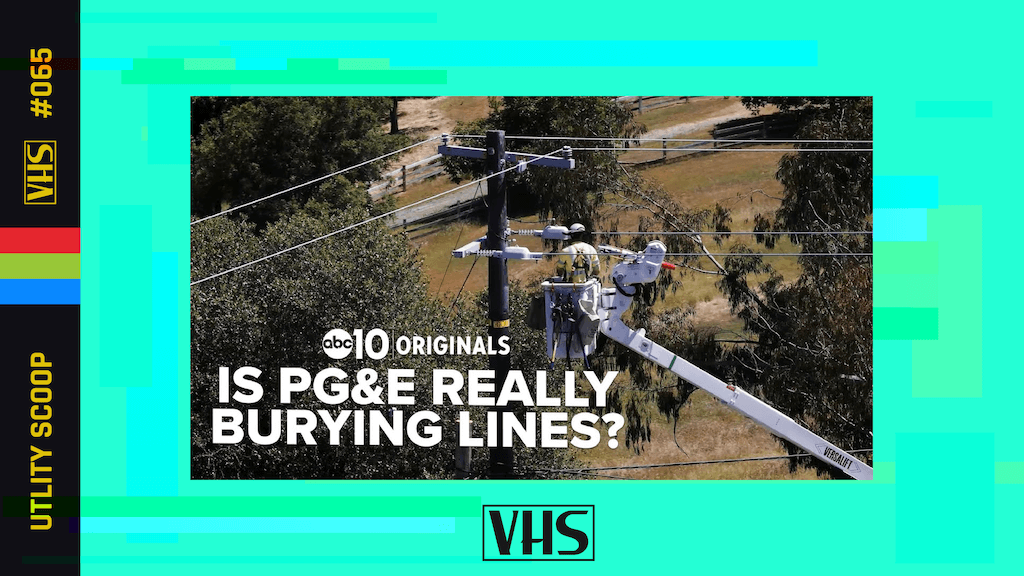
Most of us can appreciate the fact that utility locating protects utilities and keeps the surrounding community safe. But have you ever considered that it also drives projects to stay on time and on budget? My colleague SHANE HART recently wrote a piece on being more proactive with damage prevention and this is article is an extension of that premise. I also seen Brenda Reigle, calling for "the CGA to require Subsurface Utility Engineering (SUE) in accordance with ASCE 38-22 and ASCE 75-22 to best reduce utility damages." When we're looking beyond 811, SUE is really where we need to go as an industry and incorporating quality levels of information to guide excavators seems like a no brainer. Below I'm going to outline some different ways of thinking about utility locating which go beyond 811.
In-Depth Deliverables
The depth and quality of utility locating deliverables can greatly impact your project's efficiency and cost-effectiveness, even years down the line. While 811 offers surface markers, expert locators with modern technology can provide more valuable data, such as GPS, GIS, and aerial mapping.
Many times the same LSPs that do 811 locates can provide these more in-depth deliverables but the 811 system doesn't reward them for going the extra mile so they don't do it. GIS mapping, in particular, offers a comprehensive and shareable resource for your team, clients, and stakeholders. In case of marker damage or subsequent construction phases, GIS mapping allows locators to precisely replicate utility locations. Investing in thorough utility locating during the pre-planning phase establishes a robust safety culture and can lead to substantial time and cost savings over the project's lifecycle.
A GIS map displaying utility locations based on your project's layout proves highly valuable as a deliverable. It allows you to disseminate critical information to your project team, clients, and other stakeholders. Moreover, GIS systems enable locators to gather and analyze new data, seamlessly integrating it with existing client information to create a comprehensive and detailed map. I've spoken about improving deliverables before, you can read that article here.
Advanced Technology
Private utility locators equipped with advanced technology and trained personnel deliver more accurate and detailed results. Their precision minimizes the risk of costly errors, injuries, and project delays. Look for locators with Operator Qualified (OQ) staff who undergo regular competency verification and possess expertise in critical tasks like excavation safety and four-way sweep methodology. Advanced technology, such as dual 3D antennas for electromagnetic (EM) locators, significantly enhances accuracy. Additionally, GIS technologies can store precise, verifiable data, facilitating future project planning. Engage in discussions with your utility locator during pre-planning to assess their equipment and technology, ensuring alignment with your project's needs and timeline.
Ticket Management Systems like Utilocate can incororate a lot of these different technologies and mapping and are used by both public and private locators. Increasingly were seeing 811 locators wanting more of the features and functionalities that private users have and vice versa. It seems we can learn from each other even in this small industry.
Public v Private
"Before commencing any excavation call 811 / One Call" - everyone should know this by now! However, be aware of its limitations. 811 locators can only pinpoint utilities on public land and provide a basic list of potential utility owners in your work area. Their capabilities are often limited compared to private locators who can compile data from multiple sources, including 811, old construction records, and their own findings.
This is one reason Ontario One Call has adopted the dedicated locator model. In OOC's words, the dedicated locator model assigns a "single locate service provider (Dedicated Locate Service Provider – DLSP) contracted by the Project Owner to locate all underground infrastructure on a project. It is paving way for large and long term scale projects to have continual delivery of locates when and where they are needed." Given that a significant portion of utilities (approximately 65%) reside on private property, engaging a private utility locator often becomes necessary to ensure comprehensive coverage.
Conclusion
In conclusion, it is evident that we must shift our mindset when it comes to utility locating. Relying solely on the services provided by 811 services, while valuable, has its limitations, especially when dealing with complex projects and extensive private property utilities. To truly enhance safety, efficiency, and cost-effectiveness, we need to embrace a more comprehensive and forward-thinking approach, akin to Subsurface Utility Engineering (SUE).
Share this Post


